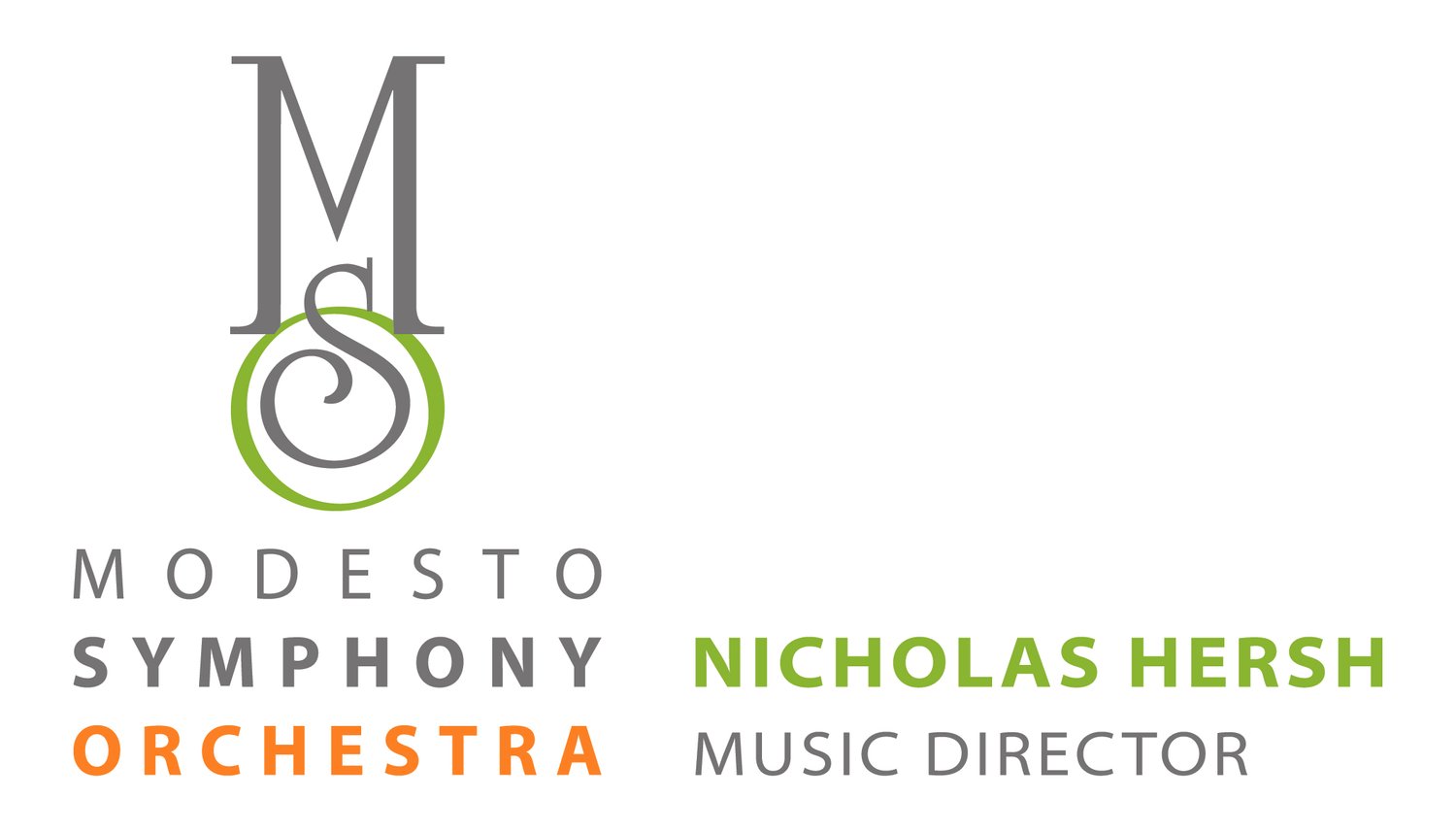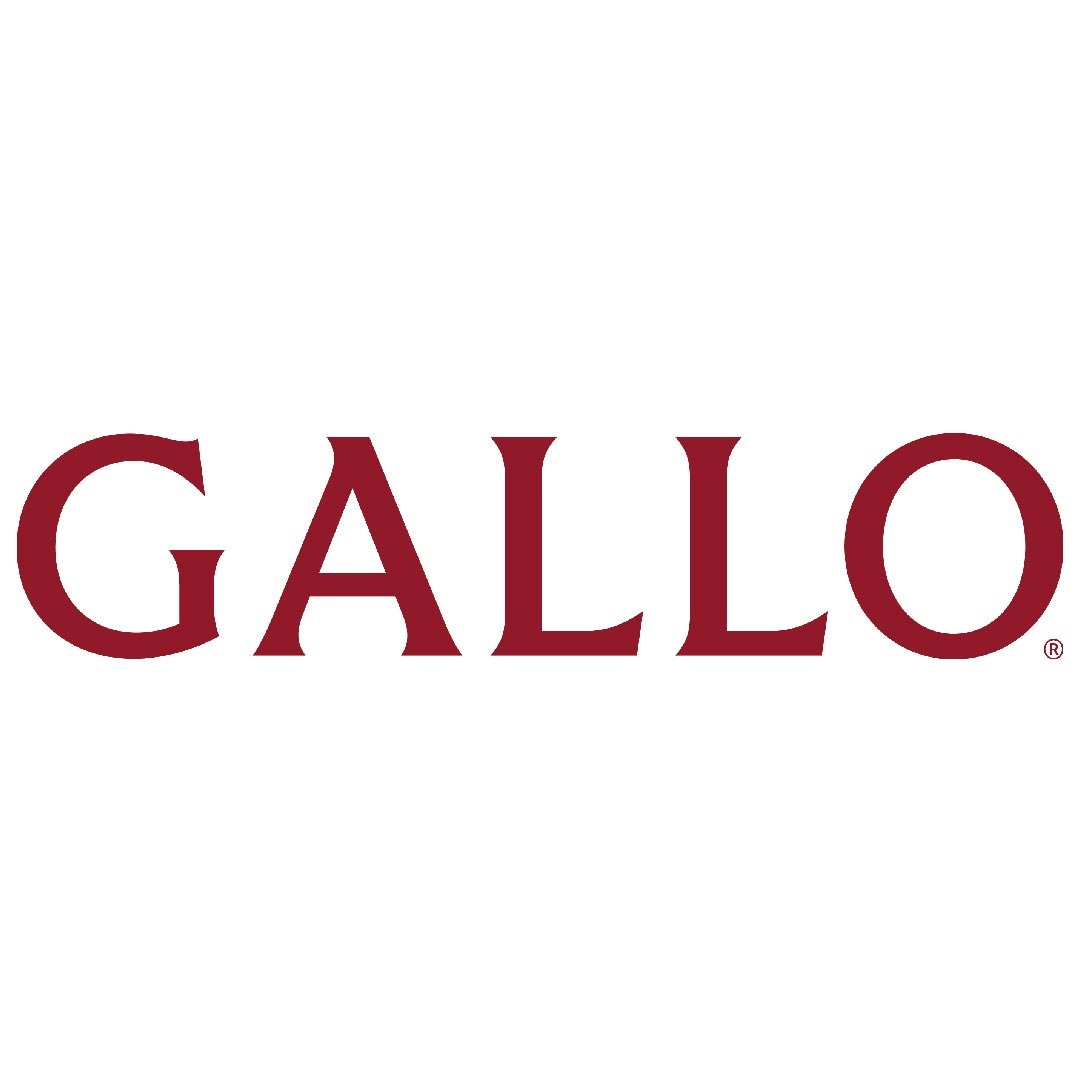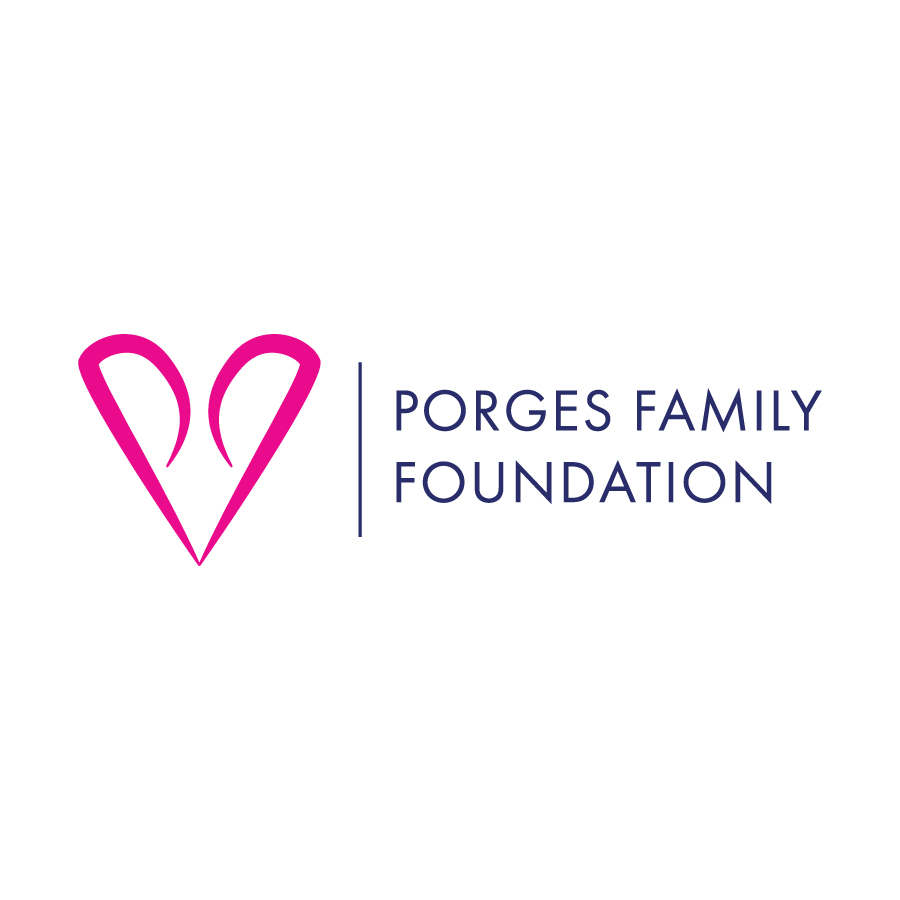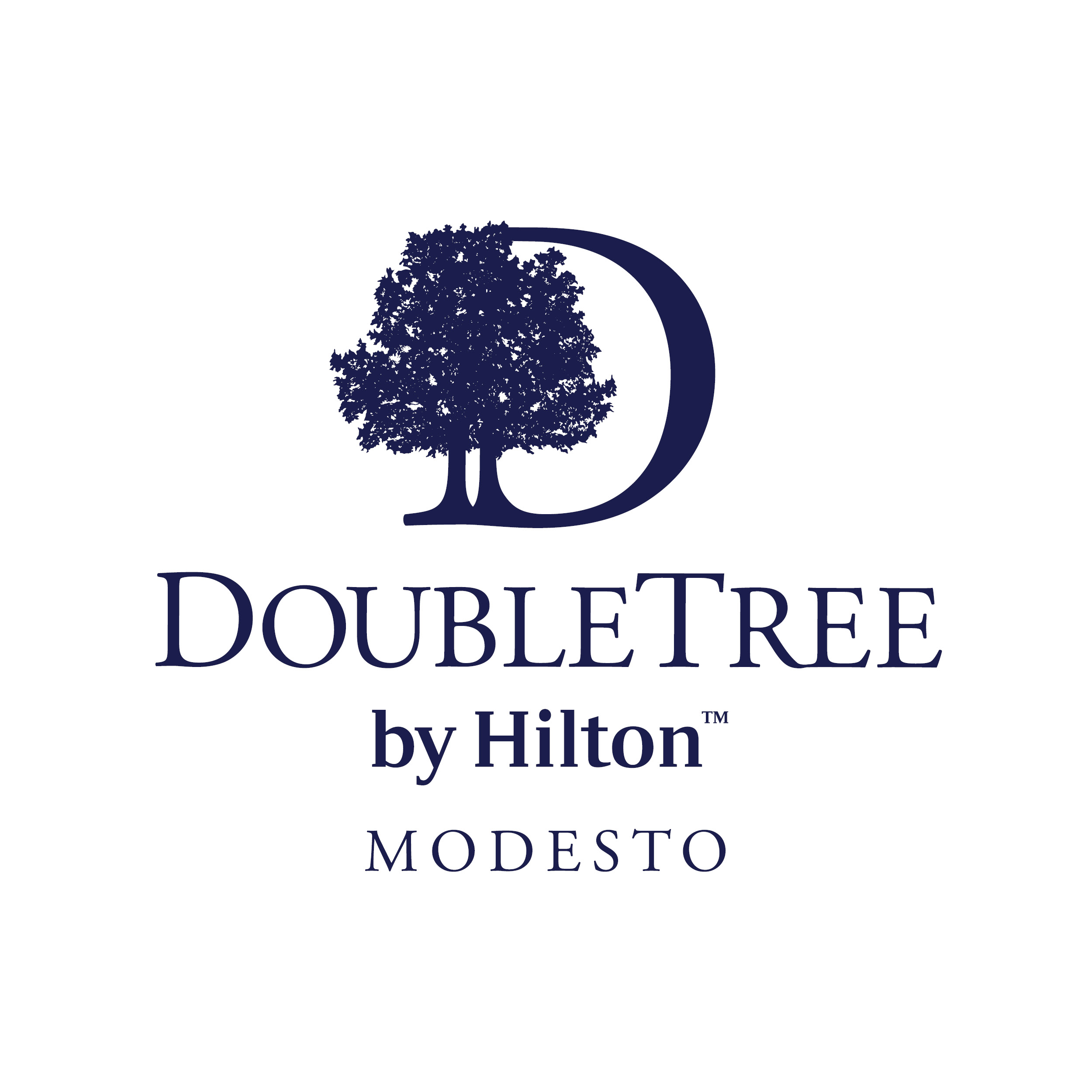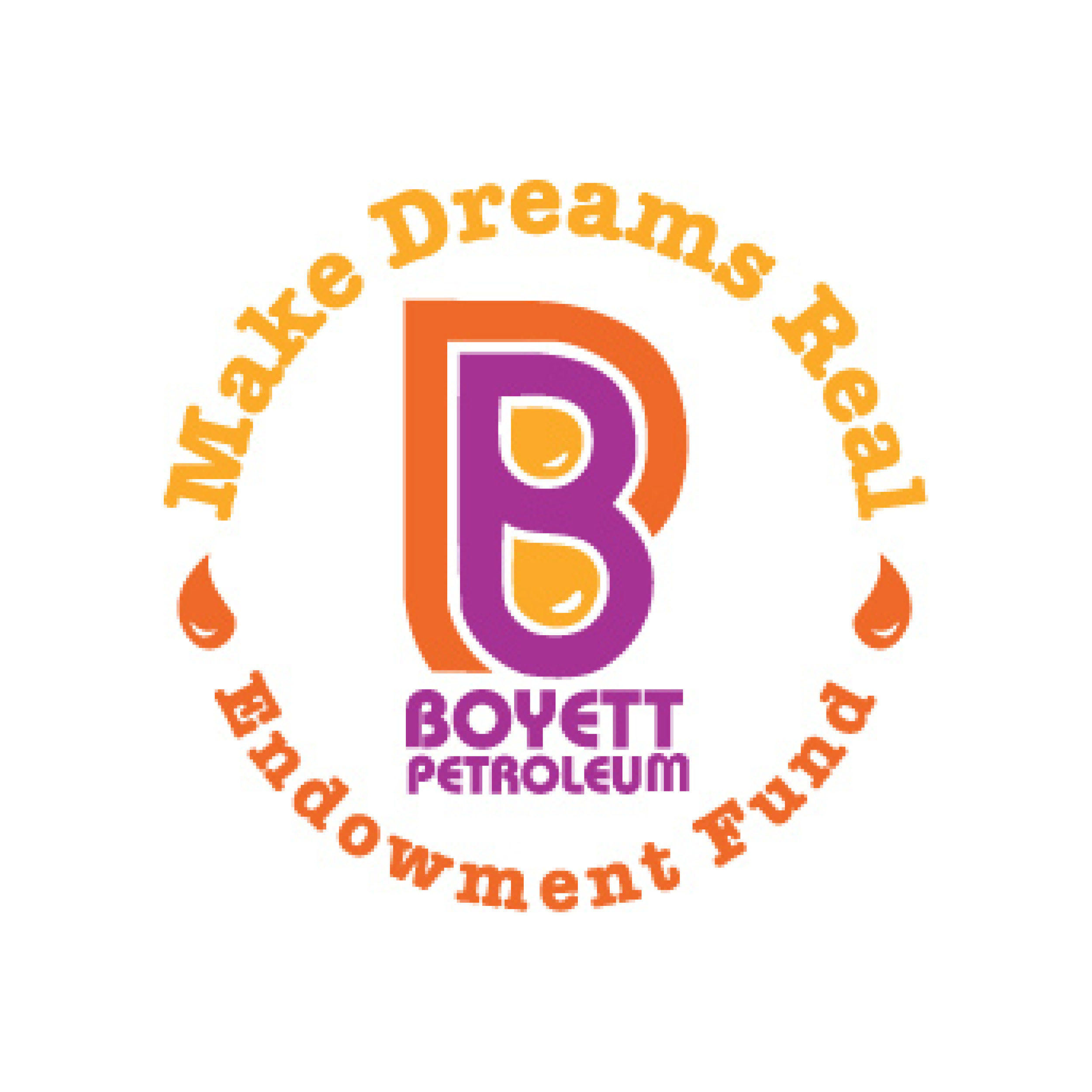Avner Dorman
b. 1975
Avner Dorman
Concerto Grosso
In Western classical music, we tend to think of changes over time in style or complexity as parts of a trajectory going…where? Rather, it is part of our aesthetic of creativity in art to be different from everyone else. The great composers distinguish themselves from each other and their predecessors by standing on the shoulders of past masters to make something new – or at least personalized. The ones who fall by the wayside are those who are constrained by the fashion of the day. (Mozart and Antonio Salieri are the most famous examples.) Their works are either forgotten or relegated to easy listening classical radio. That being said, it was not uncommon for composers to riff on someone else’s work, even borrowing whole passage outright. Copying was a sign of respect as well as a form of flattery. Imitation today, however, is often considered plagiarism, and there are copyright laws to protect an artist’s “creative property.” (Incidentally, there really are cases of contemporary composers suing each other for copyright infringement.) But what about so-called neo-Classical music? That prefix “neo” indicates that a composer revisits elements of earlier styles, transforming them into something different and new.
Avner Dorman is one such composer. He has taken his love of Baroque music and reconstituted many of its stylistic qualities into his own voice. In a short essay accompanying the Concerto Grosso, he explains his working method.
I have always loved baroque music. Even as a young child, when I did not care for classical or romantic music, I found baroque very exciting and closer to the music of our day. In retrospect I guess it was the clear rhythms, the strong reliance on the bass, and the extreme contrasts that made this music appeal to me.
In 2002, Israeli conductor Aviv Ron approached me to write a concerto for his orchestra for a series dedicated to Baroque concertos. He wanted a piece based on the music of Handel and Vivaldi, and I gladly accepted the challenge.
I chose to use the opening theme of Handel’s Concerto Grosso, Opus 6, No.4 as my main motif and Vivaldi’s signature virtuosic patterns as the rhythmic driving force of the piece. The piece can be described as a “minimalist” take on baroque music, influenced by Górecki, Pärt, and Glass, and taking their techniques to new extremes.
The soloists are comprised of a String Quartet and a Harpsichord. As in a traditional concerto grosso, they serve as both soloists and as leaders for the large ensemble. Structurally, the piece has three large sections – (i) slow, (ii) fast, and (iii) slow. The opening slow section is interrupted twice by outbursts of energy, and the middle fast section gives way to a static exploration of sound toward its culmination.
The Concerto consists of the customary three movements played without pause – although with reversed tempi from the model Baroque concerto. It is scored for string quartet and harpsichord, accompanied by string orchestra. The first movement (Dorman calls them “sections.”) begin, and is largely comprised of, sustained chords with subtle changes of harmony in the orchestra, punctuated by a theme taken up by solo violin, harpsichord and the string quartet.
The second section is energetic with an underlying rhythmic ostinato and Vivaldi-like passagework in the violin. The harmonies, however, drift in and out Baroque and contemporary. The final section is analogous to musical taffy: a simple cadence figure in the harpsichord that it never quite manages to complete, plus, once again, sustained harmonically shifting chords in the orchestra and which doesn’t resolve until over three minutes later to end the concerto.
Israeli-American composer Dorman studied composition at Tel Aviv University and received his Doctorate in music composition from Juilliard. He currently teaches theory and composition at Gettysburg College, and is music director of CityMusic Cleveland Chamber Orchestra.
Johann Sebastian BacH
1685-1750
Johann Sebastian Bach
Violin Concerto No. 2 in E major, BWV 1042
Bach composed the bulk of his instrumental secular music during his employment at the court of Prince Leopold of Anhalt-Cöthen from 1717 to 1723. Since the court was Calvinist, there was no call for Bach to compose church music. From that period came the Brandenburg Concertos, the first book of the Well-Tempered Clavier, the Orchestral Suites and many of the concertos.
Bach was an accomplished violinist as well as an organist. During his late teens he earned badly needed money as “lackey and violinist” to Duke Johann Ernst, the younger brother of the Duke of Weimar (whose employment Bach entered five years later). We know that during his years in Cöthen, he composed at least four concertos for one violin and two for two violins. After his death, however, half his manuscripts went to his son Wilhelm Friedemann, who, perennially short of money, probably sold them. The other half of the manuscripts, including those of the A minor and E major violin concertos and the D minor concerto for 2 violins, ended up in the hands of Carl Philipp Emanuel, who took good care of them.
Nearly all of Bach’s harpsichord concertos are transcriptions of his concerti for violin or for oboe, some of which have also survived. Such transcriptions were a common practice in Bach’s time, and he himself also transcribed concerti by Vivaldi, the standard-bearer of concerto writing at the time. Various attempts have been made to reconstruct the missing violin concertos from the harpsichord scores. The E major Violin Concerto exists also as the Harpsichord Concerto No. 3 in D major, BWV 1054.
The Baroque concerto was considerably different from its Classical descendent. The opening tutti, or ripieno, passage (ritornello) provided the principal thematic material for the entire movement. The soloist would introduce additional musical ideas or provide elaborate counterpoint against the ritornello – playing continuously, either as a soloist or as part of the ensemble.
The E-major Concerto is bright and joyous, opening with a short ritornello, over which the soloist creates serpentine embellishments. The slow movement, one of Bach's great inspirations, opens with a ponderous basso ostinato; suddenly, in the seventh measure, the violin enters, soaring bird-like above the orchestra. The third movement is a rondo in 3/8 with a short opening ritornello that alternates with increasingly elaborate passages for the violin. The continual running sixteenth notes make this movement a whirlwind of perpetual motion.
Johann Sebastian Bach
From Orchestral Suite No. 3 in D major, BWV 1068
Air on the G String
Bach’s Orchestral Suite No. 3 was probably composed in 1730/31 for the Leipzig Collegium Musicum, a traditional German university extra-curricular institution. Students and local musicians got together to perform at public gatherings in Zimmermann’s coffee house. In addition to his responsibility for the entire musical program at St. Thomas Church, where he produced weekly cantatas for the liturgical year, rehearsed the musicians, trained the boy choristers and taught Latin, Bach was expected to put together these weekly concerts of secular vocal and instrumental music. At least he got credit for this extra work since during his tenure in the post the institution was called the “Bachisches Collegium.”
The second movement, Air, is one of his best-known compositions, thanks to the German violinist August Wilhelmj (1845-1908), who arranged it for violin and piano and transposed it so that he could play it entirely on the G string. Since then, his arrangement has been transcribed for every conceivable instrument and instrument combination.
Antonio Vivaldi 1678-1741
Antonio Vivaldi
Oboe Concerto in A minor, RV 461
It is well known that beginning in 1703 and intermittently for many decades, Antonio Vivaldi served as music factotum at the Pio Ospedale della Pietá in Venice, an institution devoted to the care and education of abandoned, orphaned and indigent children. In addition to his duties as virtuoso violinist, violin teacher, orchestra director and instrument purchaser, Vivaldi served as resident composer, producing hundreds of works for various instruments and ensembles, including about 500 concerti, often at a rate of more than two per month. The resident girls were trained in both string and wind instruments, including the organ; as part of their training Vivaldi composed concertos for every instrument and instrument combination. Many of them were apparently written with specific girl soloists in mind. Boys were trained as artisans.
Vivaldi saw to it that his music reached far beyond the boundaries of Venice. Around 1711 an Amsterdam firm issued his first published concertos as Opus 3, entitled L’estro armonico (The Harmonic Fancy), a set of 12 concertos, four each for one, two or four violins, four of them with added cello. They are at the boundary between the old tradition of the Sonata da chiesa (church sonata) with its stately slow-fast-slow-fast order of movements, and the newer three-movement concerto form (fast-slow-fast). L’estro armonico was a sensation, the most influential music publication of the first half of the eighteenth century. J.S. Bach admired these works and transcribed some of them as harpsichord concerti.
Starting in 1707, a string of prominent oboe teachers was hired at the Ospedale, and Vivaldi wrote some 20 concertos for oboe and strings, as well as three for two oboes. The composition date of the Concerto RV 461 is uncertain, probably around 1720-24.
In order to churn out a steady stream of concertos, sonatas, operas and sacred choral music, any composer has to have a system, a series of templates that can be tweaked without making too much effort. Before the age of the independent artist, composers were beholden to patrons, whose demands were often unreasonable by today’s standards. In a sense, we can regard composers as literate jazz musicians. And, of course, they were often great recyclers and transcriptionists. Bach even transcribed several concertos by Vivaldi and put his own name to them. This is true of even the greatest composers – which is one of the reasons knowledgeable listeners can identify musical fingerprints so easily.
Which brings us to this concerto. If you listen to the first movement, the pattern is clear-cut: Vivaldi composed the entire concerto, but the oboe part could have been improvised by the soloist. It incorporates fragments from the ritornello, but essentially goes off in its own direction. The second movement, conventionally a slower, belongs almost entirely to the soloist, with just a few neutral passages as the ritornello. And the finale works just like the first movement, only faster and more technically challenging. For many of Vivaldi’s concerti, he may have conceived them faster than the time it took to commit them to writing.
George Frideric Handel
1685-1759
George Frideric Handel
Music for the Royal Fireworks, HWV 351
Originally hired by George, Prince-Elector of Hanover, Germany, George Frideric Handel displeased his employer and settled in England to compose operas. When George succeeded to the British throne in 1714 as George I, Handel – with help and connections – managed to maneuver back into royal favor to become the most important “English” composer of the first half of the eighteenth century.
When the treaty of Aachen in 1748 put an end to the War of the Austrian Succession, a war nobody wanted, King George II commissioned music to celebrate the occasion. On April 25, 1749, a Thanksgiving service was held at the Chapel Royal for which Handel produced the short anthem "How Beautiful Are the Feet;" two days later the public was invited to a grand celebration in Green Park, where fireworks of “unsurpassed magnificence” had been promised. For that occasion, Handel composed the Royal Fireworks Music, his last solely instrumental work.
The fireworks were a bust – it rained and the launch platform caught fire – but the music wasn’t. The King had commanded Handel to write “martial music” for winds and timpani; the Duke of Montague, Master General of the Ordnance added that he “hoped there would be no fidles [sic].” While Handel had no choice about initially accepting the royal command, he felt that the piece would profit from the addition of strings. But the performances during the celebrations followed the royal dictum – the original score called for 24 oboes, 3 horns, 3 trumpets, 3 sets of timpani, 12 bassoons, a few serpents and a few contrabassoons – but the composer soon thereafter added the missing strings.
The music is a suite in the various styles of instrumental music popular at the time. An Ouverture in the French style opens the set, beginning with the slow, stately dotted-rhythms, followed by a rousing Allegro utilizing a series of different instrument groupings – trumpets, oboes and then horns. Handel provides a respite from the noisy winds and brasses in the following Bourée, now employing only the strings (One can only imagine the delicate melody on instrumental steroids.)
Handel composes two pairs of minuets for this work, the first more or less retaining its ballroom ambience. Currently, at outdoor celebrations, the noisy fireworks are saved to accompany this final movement. Apparently at the original performance, there would have been fireworks throughout – had they worked.
Program notes by:
Joseph & Elizabeth Kahn
Wordpros@mindspring.com
www.wordprosmusic.com
TICKETS
Saturday, MAR. 10, 2018
8:00 PM
Bring a group & SAVE!
Groups of 10+ save 15%! Call Jesica Sanchez at 338-5064 or email her for more details.
